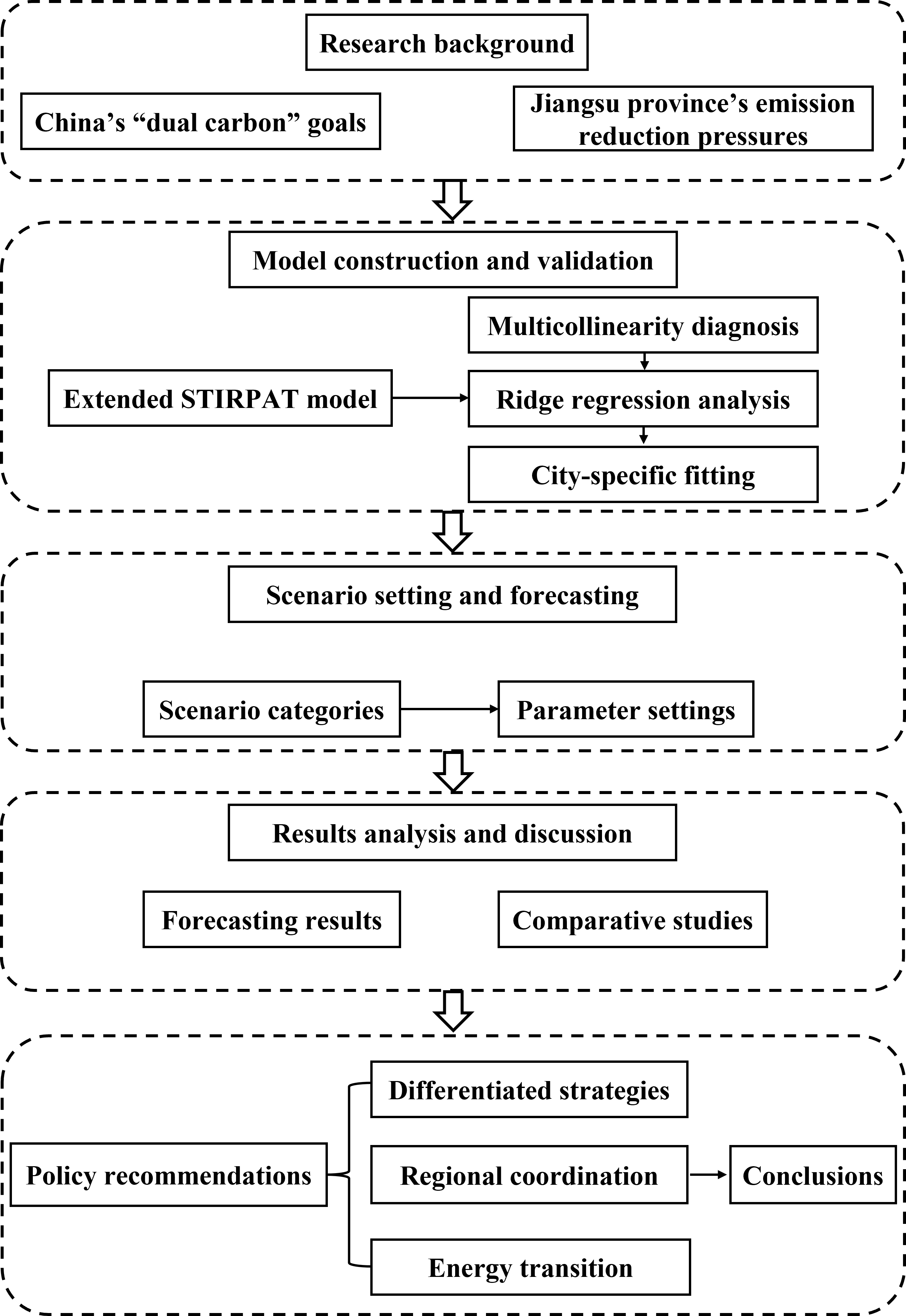-
VolumeVolume 27 (2025)
-
Issue
-
Pages1-10
- gnest_07678_final.pdf
-
Paper IDgnest_07678
-
Paper statusPublished

Carbon emissions have consistently been a focal point of attention for the Chinese government. As one of the key drivers of China's economy, Jiangsu province plays a pivotal role in achieving the dual carbon goals. This study is grounded in data from Jiangsu province spanning 2003 to 2022 and constructs an extended STIRPAT model to delve into the impact of factors such as population, GDP per capita, urbanization rate, industrial structure, energy consumption intensity, and per capita energy consumption on carbon emissions. Additionally, this paper forecasts the future carbon emission trends of the 13 cities in Jiangsu province under different scenarios and explores the possibility of the province reaching its carbon peak.The findings reveal that cities exhibit varying degrees of sensitivity to influencing factors. Under the baseline scenario, cities like Wuxi and Zhenjiang are expected to achieve carbon peaking by 2030, whereas in more economically developed areas such as Nanjing and Suzhou, the timing of carbon peak may be relatively delayed. In the green development scenario, all cities across the province are projected to reach carbon peak ahead of schedule. Moreover, scenarios of industrial structure optimization and energy conservation are also found to accelerate the process of carbon peaking. However, under the extensive development scenario, only a few cities are likely to achieve carbon peaking before 2030. Accordingly, Jiangsu province should formulate differentiated carbon peak targets based on the specific circumstances of each city and strengthen inter-regional coordinated development. Simultaneously, the government needs to adopt more robust policy measures to facilitate the optimization and adjustment of the energy structure, the upgrading of industrial structures, and the enhancement of energy efficiency, thereby ensuring the successful realization of the province's carbon peak goals.
Total file downloads: 4